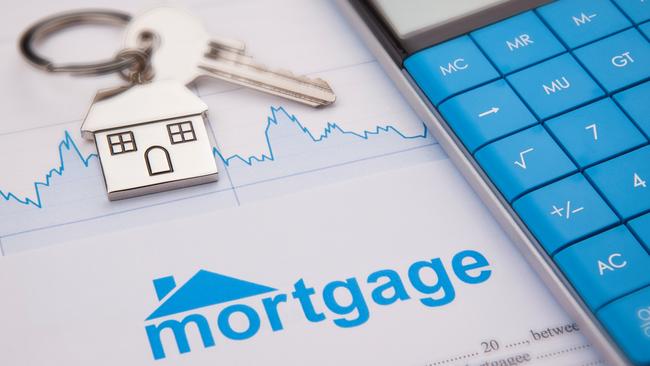Top end of housing market will lead recovery

Recently the banks revised their predictions to falls of only 5-6 per cent this year. Most notably, Westpac now expects that national house prices will rebound by 15 per cent over the next two years.
I believe that the top end of the housing market will lead the recovery. In fact, it could result in a two-speed market, where $1m-plus properties recover at a much faster rate.
Why? The predominant reason is that — unfortunately — COVID-19 has adversely affected lower-income earners to a much greater extent.
Low-income earners tend to work in occupations that do not lend themselves to working from home. In addition, industries such as hospitality, travel and tourism have been the most severely affected, especially in Melbourne. As such, COVID-19 has disproportionately affected lower-income earners to a much greater extent.
Conversely, a high proportion of middle and higher-income earners are likely to either recover their income back to pre-COVID levels very quickly or may not have been hit at all.
In fact, there is a large cohort of people that are in a stronger financial position today. That’s because their income has been unaffected, their discretionary spending has reduced due to restrictions and interest rates are at all-time lows. It is this cohort that will underpin demand for $1m-plus properties.
Interest rates will play a factor, too. It is a generally accepted economic principle that lower interest rates eventually inflate asset prices.
Interest rates are likely to have a larger impact on top-end or luxury property, because mortgage sizes tend to be well above the average. Around a decade ago, a $1m mortgage would cost approximately $70,000 in interest each year. At current rates, this annual interest bill has fallen to under $25,000.
In other words, luxury property affordability has improved significantly.
A shortage of properties for sale may also contribute to price growth. According to SQM Research, national property listing volumes are 10 per cent lower than they were in August last year. The fall in listings is even more severe in some blue-chip suburbs, where volumes are averaging 30-50 per cent lower compared to previous years. This is not surprising as Melbourne’s property market has been closed since stage-four lockdown restrictions were enforced at the beginning of August.
Listings will eventually increase, but it may take many months. The reality is that most people do not feel confident putting their property on the market until after several months of buoyant results. Consequently, until stock levels normalise, which may not be until mid-2021, the luxury housing market is likely to be driven by an imbalance of supply and demand. That is, demand is likely to outstrip supply and drive prices higher.
Some prospective property buyers have been waiting to find out whether the “September fiscal cliff” leads to mass selling. The thesis was that the end of JobKeeper and potential expiry of mortgage repayment pauses may create financial hardship. Both of these measures have been extended, although JobKeeper reduced. To date, there is no evidence that either of these factors will contribute to any mass property sales.
The recent loosening in bank credit will also stimulate the luxury property market. Josh Frydenberg recently announced changes to responsible lending rules. In essence, these changes will avoid banks trawling through borrower bank statements to add up how much they spend. Instead, it will be the borrower’s responsibility to declare their living expenses.
And keep in mind the legal principle is now that knowing a person’s current living expenses is immaterial to deciding whether that person can afford payments on a loan.
In his recent high-profile judgment, Justice Nye Perram stated: “Knowing the amount I actually expend on food tells one nothing about what that conceptual minimum is. But it is that conceptual minimum which drives the question of whether I can afford to make the repayments on the loan.”
It is my view that higher-income earners have the most to gain from these proposed lending changes, because they tend to have higher levels of discretionary spending.
Stronger credit flows will lead to an increase in mortgage volume, particularly in the luxury property sector. Higher mortgage volumes have historically correlated with higher price growth.
The top-end property market will lead Australia’s house price recovery because higher-income earners have avoided a lot of the financial pain created by COVID-19 and will benefit from lower interest rates.
Stuart Wemyss is an independent financial adviser and author of Investopoly & Rules of the Lending Game.







After COVID-19 hit our shores early this year, most banks forecast that house prices would fall somewhere between 10 per cent and 30 per cent. In May, I wrote in these pages that these forecasts were too bearish, and prices would not fall by more than 10 per cent.